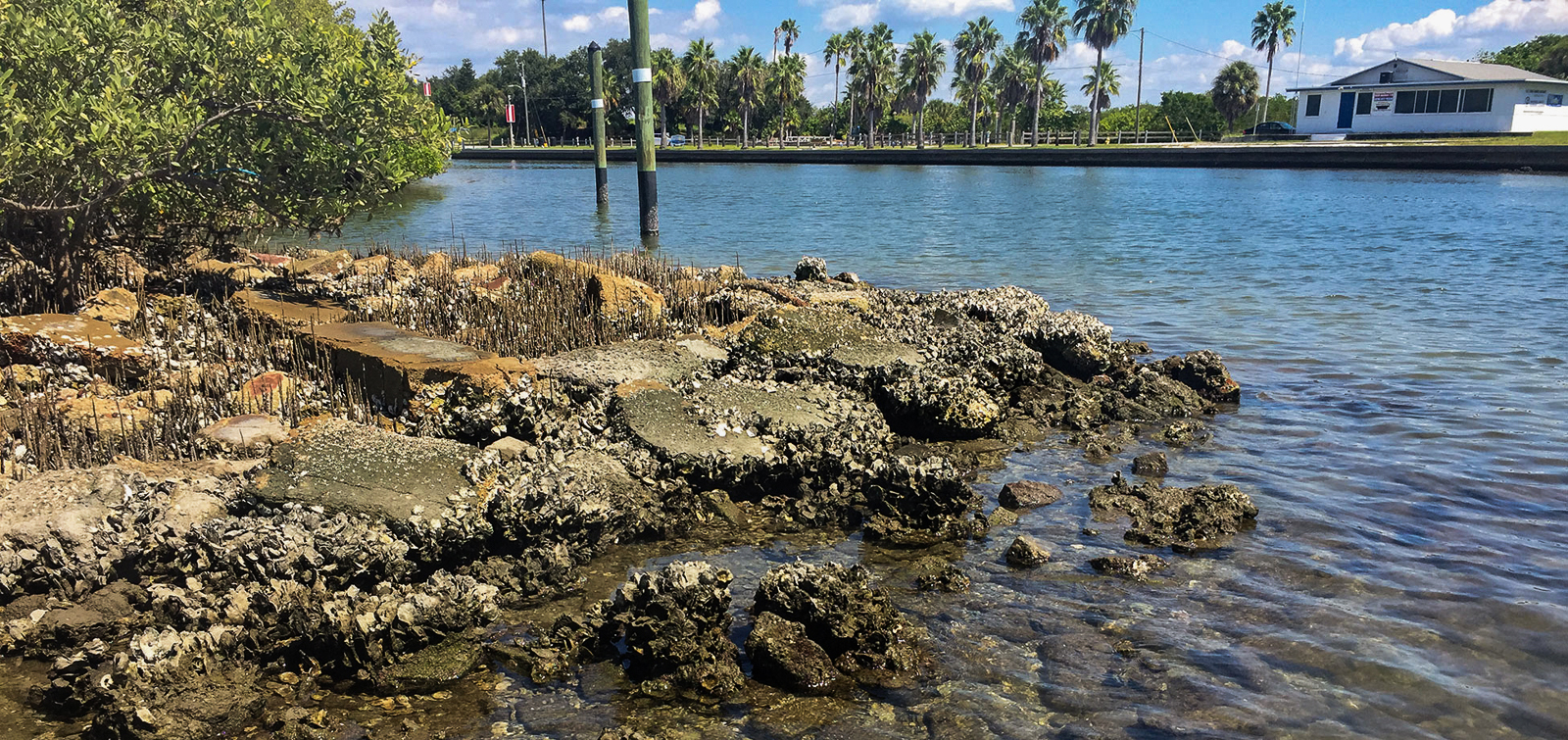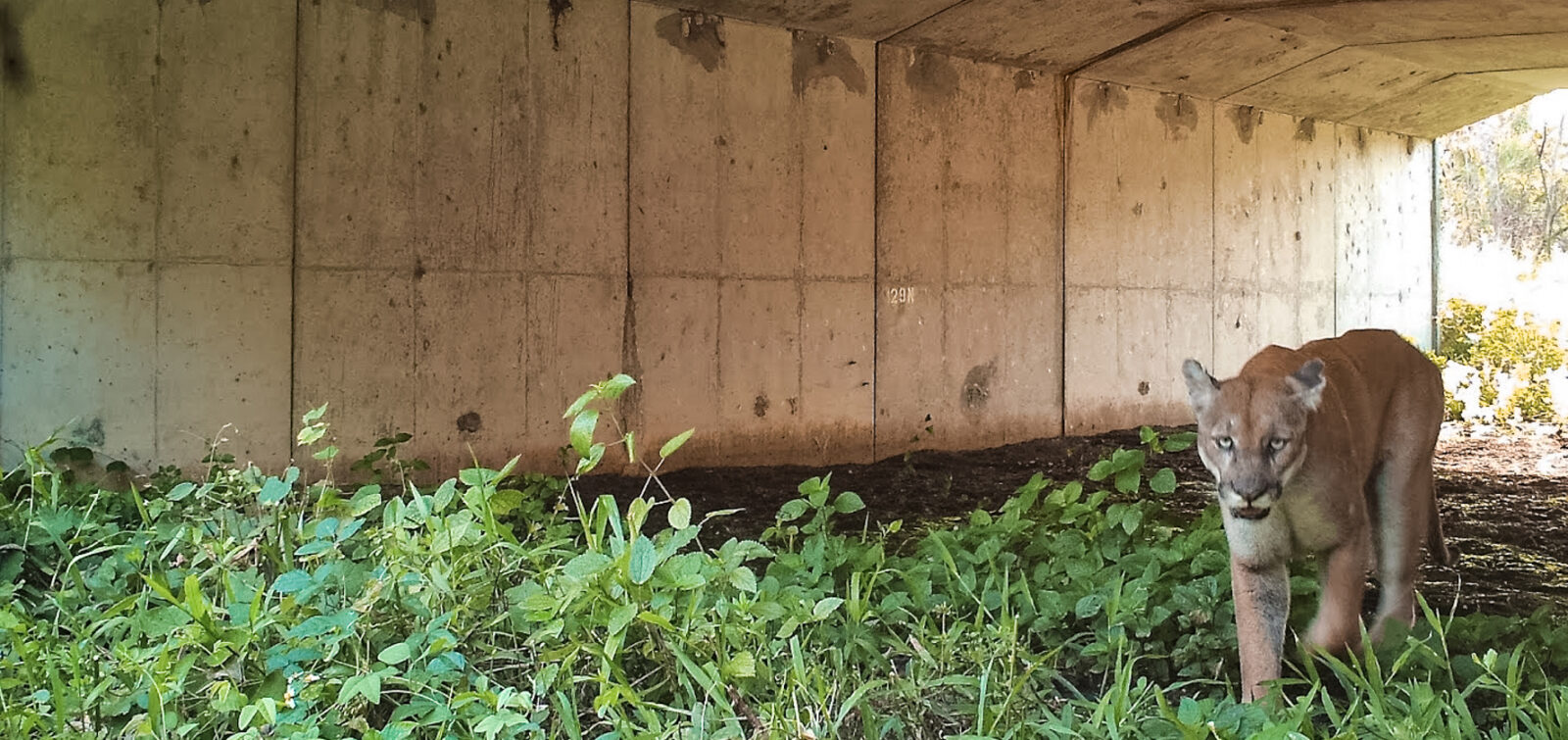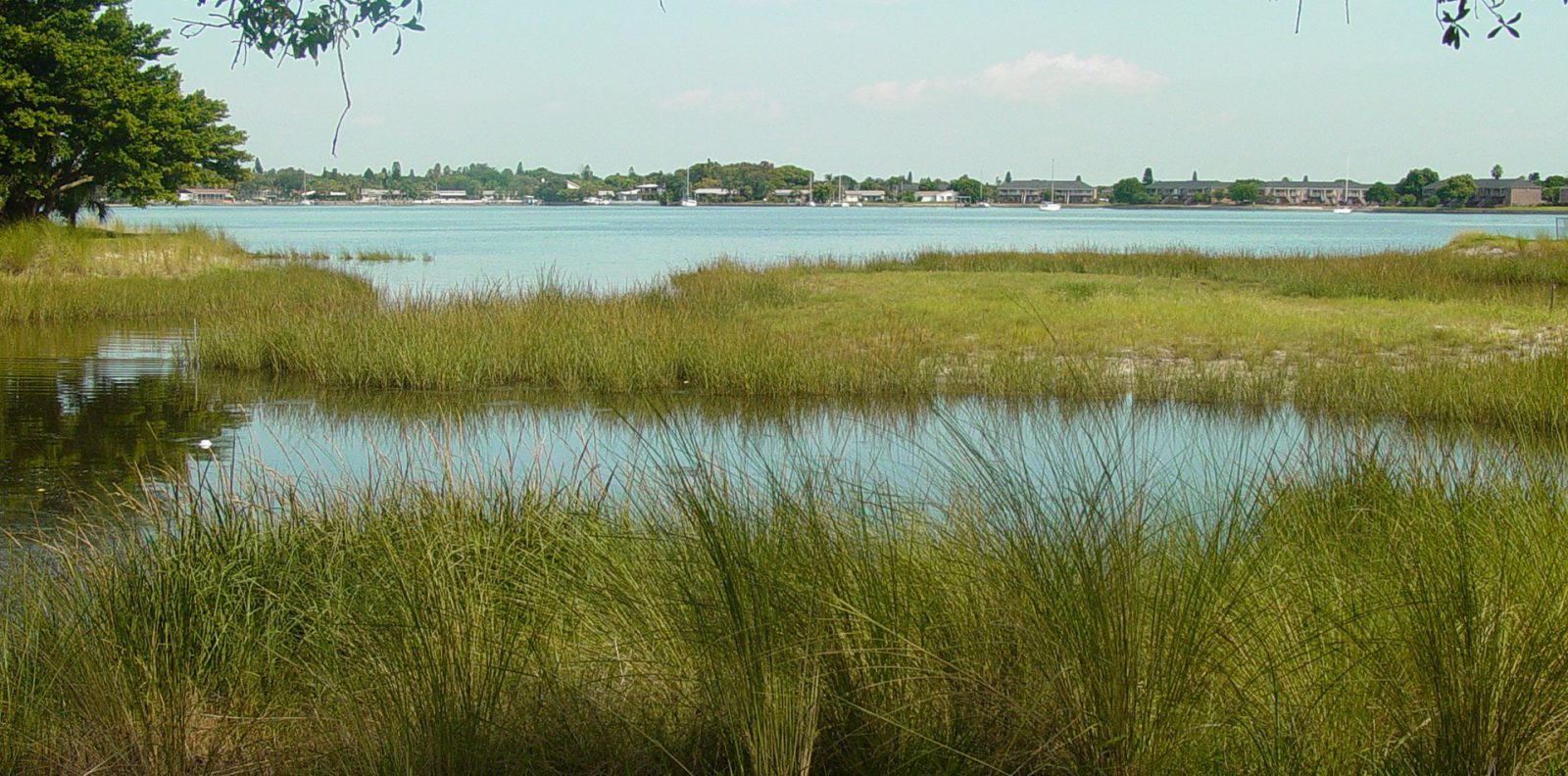An interview with Marguerite Patil, Contra Costa Water District and Jim Watson, Sites Project Authority on Increasing California Water Storage Capacity.
The California Water Commission (CWC) is currently accepting applications for its competitive funding program called the “Water Storage Investment Program (WSIP).” The funds are part of the $2.7 billion Proposition 1 measure that was approved by California voters in November 2014 and will fund the public benefit elements of storage projects that are defined as “water quality improvements, flood control benefits, emergency response, recreational purposes, and ecosystem improvements.”
Two potential project applicants for the WISP funds are coordinating their efforts to ensure the Water Commission’s regulations are implementable: Contra Costa Water District’s Los Vaqueros Reservoir Expansion Project, which will increase reservoir capacity up to 275,000 acre-ft., and the Sites Project Authority, which plans to add a new 1,800,000 acre-ft. reservoir—Sites Reservoir, in the west side of the Sacramento Valley, near the town of Maxwell.
With both projects providing their own public benefits, what prompted these two applicants to coordinate their efforts? ESA’s CEO Leslie Moulton-Post had the opportunity to find out during an interview with Marguerite Patil, Special Assistant to the General Manager and Project Manager for Los Vaqueros, and Jim Watson, PE, General Manager for Sites at the Association of California Water Agencies (ACWA) conference in Monterey held in May 2017.
ESA: Strategically, it seems like Los Vaqueros went beyond looking at Sites Reservoir as a competitor and you are now working together to seek Prop 1 funding. Is that true?
Marguerite Patil: Yes, we see a benefit to coordinating. If you look at what’s in Proposition 1, and then how that got reflected in the CWC regulations in terms of what the ecosystem priorities are, it’s really clear that our two projects can both help meet those priorities. So, if you think those priorities are important, then you need a Sites Reservoir in addition to an expanded Los Vaqueros. For example, Los Vaqueros can provide significant benefits to wildlife refuges south of the Delta and Sites Reservoir can really help with temperature control to project salmon in the Sacramento River. We saw that early on—we each had our own niche, and that’s why we thought it made sense to coordinate.
We’re all competitive for money, but we saw that the projects were potentially compatible. Both projects would be interlinked to the state and federal water projects. And, so, we’ve just been working on an integration study with ACWA. It’s not a full cumulative analysis, but it’s a step in the right direction to look at how you can operate, not only Sites and Los Vaqueros, but some of the other projects that are in the mix, to better manage the overall system and to provide the maximum amount of benefits.
ESA: Jim, how do you view the Sites–Los Vaqueros collaborative approach while competing, in some sense, for funding?
Jim Watson: The projects are complementary and support the objectives outlined in the CA Water Action Plan. We both had a vested interest in seeing that the regulations are implementable and remain true to the language in Proposition 1, so we were both trying to help the CWC define the rules of engagement that can be actually implemented, and try to make the process work. One applicant cannot do that alone.
ESA: How do each of your project locations serve as a unique and strategic function, and can you comment on why other options may not serve the system as well?
MP: It’s interesting. One of the analogies we were talking about is that Sites is sort of like a big wrench, it’s a much bigger project than ours. But Los Vaqueros is the needle-nose pliers, and, like you said, located in a key location. So we’re a little more surgical, but there are things we can coordinate with state and federal projects. And with Sites, you can see some pretty big improvements to the system, and how desperately these sorts of improvements are needed.
ESA: Sites now has the interest and influencers to get the project going. What do you see as your toughest discussions that you need to be having?
JW: We’re in our infancy on the discussions with the environmental community. We had to first spend time to develop a coalition of water agency support within the Sacramento valley and then statewide. Now that we have that support and level of participation in the project, we can focus on the important aspect of how to get the project permitted, which will include input from the environmental community as well as the resource agencies. Then, as we’re working through the permitting issues, we also need to be working with the local communities and landowners to address their concerns and needs.
ESA: What about Los Vaqueros? What do you foresee as challenges on the regulatory side?
MP: We already have permits in place, but many of these permits will need to be updated if the reservoir is expanded. Whether you’re updating it, or doing it for the first time, permitting is a significant effort. I think the hard part, as always, is that the foundation underneath these regulations is constantly shifting. For example, we will be right on the heels of the California Water Fix permitting process. You have to be willing to take a leap in spite of some uncertainty of how the state’s water system will change in the future. If you think the project is going to pencil out, based on a range of assumptions, and maybe bookend on where you think you might land on permitting, our agency has been more comfortable managing within those bookends. At some point, everybody has to decide, “Okay, we are ready to pull the trigger and fund the designs or buy the land that we need.” Our experience has told us that waiting too long, typically, is not good.
JW: Waiting to gain an increment of additional certainty ends up increasing the project’s costs.
MP: Right. I think we’re fighting time already because memories on the drought are already slipping away. I just saw some polling data this week from ACWA, and it is pretty striking how quickly water security moves off the priority list. If you don’t have a sort of baseline of concern about water supply, it makes it harder.
ESA: Exactly. So, now California is concerned about too much water, not too little water. These are our cycles, right?
MP: We just listened to the lunch presentation by Department of Water Resources’ Acting Director Bill Croyle, and he talked about how he has been out in the community as a result of the Oroville crisis and he is hearing that people are now more concerned about dam safety. This could create an additional challenge for folks working on dams.
JW: Because the dams built decades ago were designed for that standard of care. That bar has raised. Is it complete? No. Decades from now, we’ll have new tools, more analyses, and we’ll go back and look at our dams to ensure they are safe.
ESA: What’s the Site’s “elevator speech?” What’s the angle?
JW: What’s the angle? I think first it’s our size. The half a million acre-feet over the long-term average. If Proposition 1 were to invest in the maximum 50 percent allowed, that would be 250,000 acre-feet. If they elect to invest in 20 percent that’s 100,000 acre-feet that could be managed for environmental purposes. That alone is a game changer—a new tool to provide more water where the highest environmental benefits can be achieved while maintaining a reliable water supply for people.
We also believe you have to have water for the environment that is managed by resource agencies for the benefit of the environment, filling a gap between a voluntary and a regulatory process. Having a large quantity of water that can be flexibly managed in real-time is important if we’re serious about recovering native fish and bird species. The resource managers could say today that we want to flow water for salmon, but next year it could be more outflow for smelt and the refuges south of Delta. Or it could be another species that’s threatened ten years from now that’s not even on our radar.
ESA: What do you see as the biggest issues for Sites?
JW: The biggest challenge for us is valuing Sites’ flexible operations that can readily adapt to future conditions and changing priorities. Tell us what the priorities are for any given set of future conditions, and we can provide net improvements relative to today’s conditions. The flexibility itself has tremendous value to improve the ecologic health of the Delta and conditions on the Sacramento River. To us, getting that message across is huge for this project.
ESA: What have you both learned from California’s drought in terms of our approach to water management?
JW: For me, the drought was the catalyst for realizing you can no longer go it alone. You’re better off working with your neighbor to partner to solve complex problems. If we hadn’t had the drought, I’m not sure you would have had the level of collaboration and creative thinking that you’re now seeing in the water industry.
MP: I think you’re right. We also found you can’t go from nothing—no relationship—to everything. So, we’ve been doing these pilot demonstration projects with our potential local agency partners to test out operations and institutional arrangements. We’ve seen huge benefits. One, we just get to know each other better. We develop some trust. It’s a transparent thing, as well, so our communities and boards know what’s going on. You can just try things out at a low risk, and see what works, what doesn’t, what are the stumbling blocks. Having small successes has been great.
ESA: Are you hopeful about the California water future? Do you think we’re getting it together?
JW: Yes, but it will continue to evolve. Every few generations we rebalance the water wheel, and this is that time. We’ve put it off. If we don’t rebalance it today, it’s just going to get worse and the solutions more complicated. The next generation will be dealing with a different set of issues, and they are going to have to rebalance the wheel again.
ESA: What are your hopes for the state legacy in water supply and storage planning?
MP: We have come a long way with collaboration. The regional, or statewide approach—like Jim is doing—is the way to go because no one agency can meet all their needs without the collaboration and cooperation of others. I do feel like most of that leadership is coming from the locals, the local water districts. When we talk to different folks at the state, Department of Water Resources, or Reclamation, they seem really encouraged by it.
JW: That’s where the concept of water scarcity will become more important. When it is scarce, people start looking at how to work together to ensure each molecule is being put to multiple beneficial purposes first. There isn’t enough to go around. Decades ago, when there seemed to be excess water in the system, there could be silos. You could look at your backyard and say, “this is all I need to take care of.” Today, you have to be interdependent to move the water back and forth, to where the demand and beneficial uses are the highest, or where the shortage will cause the most harm. We also need to move toward greater levels of partnership and collaboration by having more tools than just voluntary actions and regulatory requirements to balance water between having a sustainable and vibrant ecosystem with preserving the state’s economy, which enables us to continue to lead the nation and the world in many sectors. Having a sizable bucket of water the state would manage each year and on a real-time basis is a new tool that can be used to manage through an uncertain future.







